Sunday Long Reads: Mothers in the workplace, cartoons by EP Unny, director Jonas Poher Rasmussen interview, and more
Here are this week's interesting reads!
 Maternity can be a liability for working women, who get passed over for promotions, sidetracked from prized projects or simply offloaded if they want to take a longer break (Illustration credit: Suvajit Dey)
Maternity can be a liability for working women, who get passed over for promotions, sidetracked from prized projects or simply offloaded if they want to take a longer break (Illustration credit: Suvajit Dey)When Ranjani Krishnaswamy was thinking about a storyboard for jewellery brand Tanishq’s Mother’s Day campaign, she didn’t want a saccharine concept of the forever giver, nurturer and restorer. She wanted to keep it real and honest. And she found it from women around her, among consumers or colleagues. The brand’s general manager (marketing) figured that maternity was a liability for working women, who got passed over for promotions, sidetracked from prized projects or simply offloaded if they wanted to take a longer break for their children. That’s when she decided to flip the narrative of denial.
For thespian K Gopalan playing a Leftist character in Anamika Haksar’s film came easy
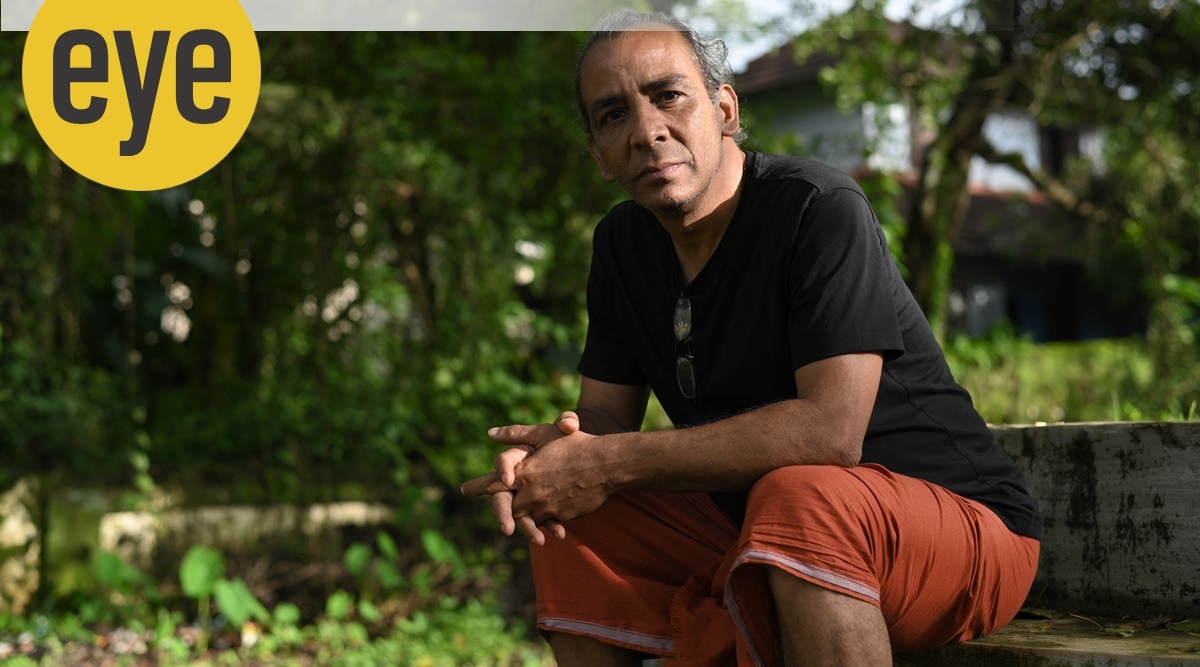 K Gopalan (Photo credit: Alexander Vadakkan)
K Gopalan (Photo credit: Alexander Vadakkan)
Lalli, A labourer from Kerala and committed communist, dreams of revolutions, social change and equality among people. In his sleep, he sees himself flying the red flag and rousing the oppressed. After an agent, who’d promised to help him migrate to Dubai dupes him, Lalli is stranded in Shahjahanabad (Old Delhi). He works as a loader, and talks to people about justice and inequality. When theatre director Anamika Haksar wrote the character, based on a real experience, for her debut film, Ghode Ko Jalebi Khilane Le Ja Riya Hoon, she knew the right actor to play Lalli.
The City and Its People: Bengaluru exhibition showcases the many interests of The Indian Express’s chief political cartoonist EP Unny
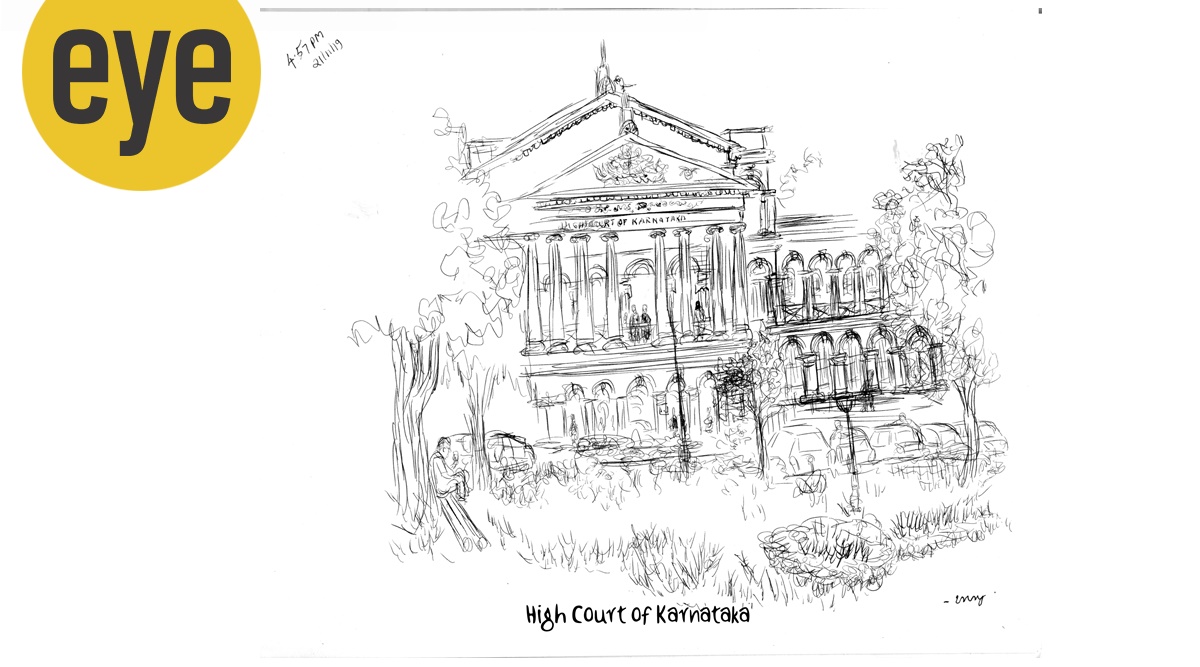 Bangalore Days: By EP Unny
Bangalore Days: By EP Unny
Cartoonist EP Unny fondly recalls his days as an undergraduate student of physics at Government Victoria College in Palakkad in the ’70s. During summer vacations, he would travel to Bengaluru with his friends to purchase books that were not available in Kerala. The short visits were usually preceded with drawing up a list of coveted publications. Captivated by the metropolis, he had been intending to sketch it for years and finally planned a one-week trip in 2019. “These were locations recommended by friends. There was no specific purpose or project in mind,” says Unny, 66, chief political cartoonist, The Indian Express.
‘Flee is a double coming-out story’: Director Jonas Poher Rasmussen on his Oscar-nominated documentary
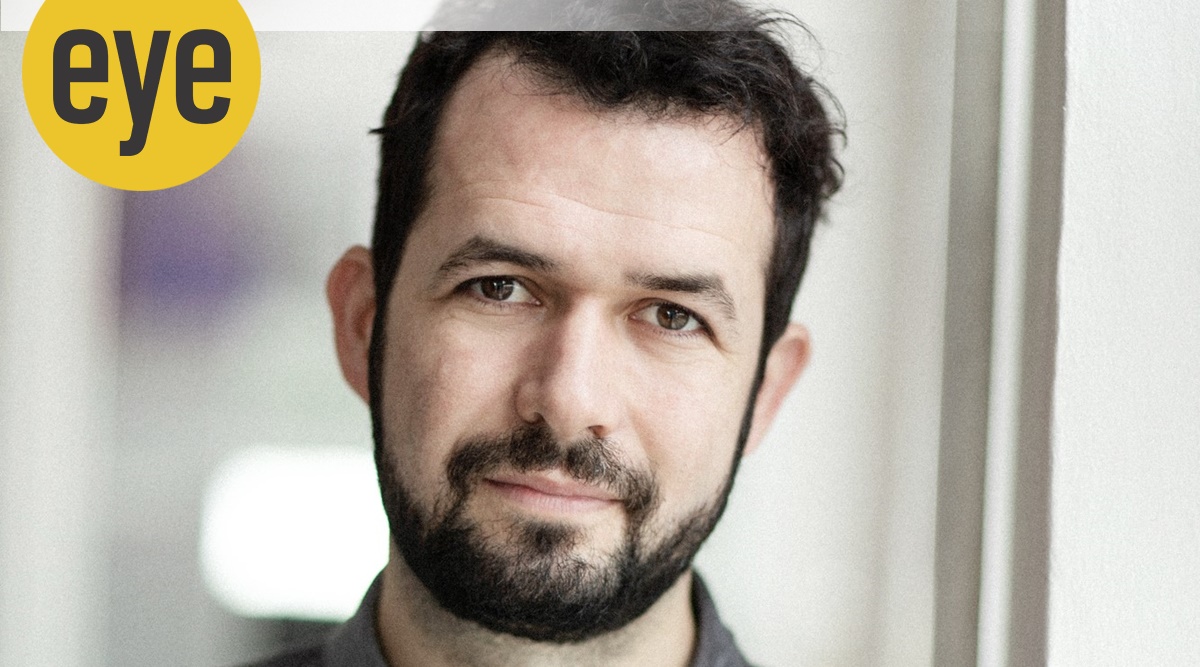 The search for home: Director Jonas Poher Rasmussen (Credit: Morten Larsen)
The search for home: Director Jonas Poher Rasmussen (Credit: Morten Larsen)
AFTER years of trying to hide his past, Amin Nawabi (pseudonym) finally opened up to his long-time friend Jonas Poher Rasmussen about fleeing with his family as a child from his Kabul home to Moscow and then finding a passage out of Russia to Denmark after a long arduous wait. Recounted mostly through animation, his story became the basis of the animated documentary Flee (2021). This cinematic memoir directed by Rasmussen created history when it bagged three nominations at the 94th Academy Awards in the Best Documentary Feature, Best Animated Feature Film, and the Best International Feature Film categories.
When health doesn’t permit an escape to the mountains, beaches are your best friend
 The speckled swimming crab (Credit: Ranjit Lal)
The speckled swimming crab (Credit: Ranjit Lal)
It’s funny how often your own “pearls of wisdom” can come back and bite you in the bum! I’ve hectored people long and loud about how they blunder about in the most beautiful natural landscapes and really see nothing at all (unless it’s tigers, lions, elephants and anything plus-size). Many lucky people have houses in lovely locales to which they escape as often as they can and still remain blind.
A unique AI project wants to make youngsters aware of the plight of whales and why they need to be conserved
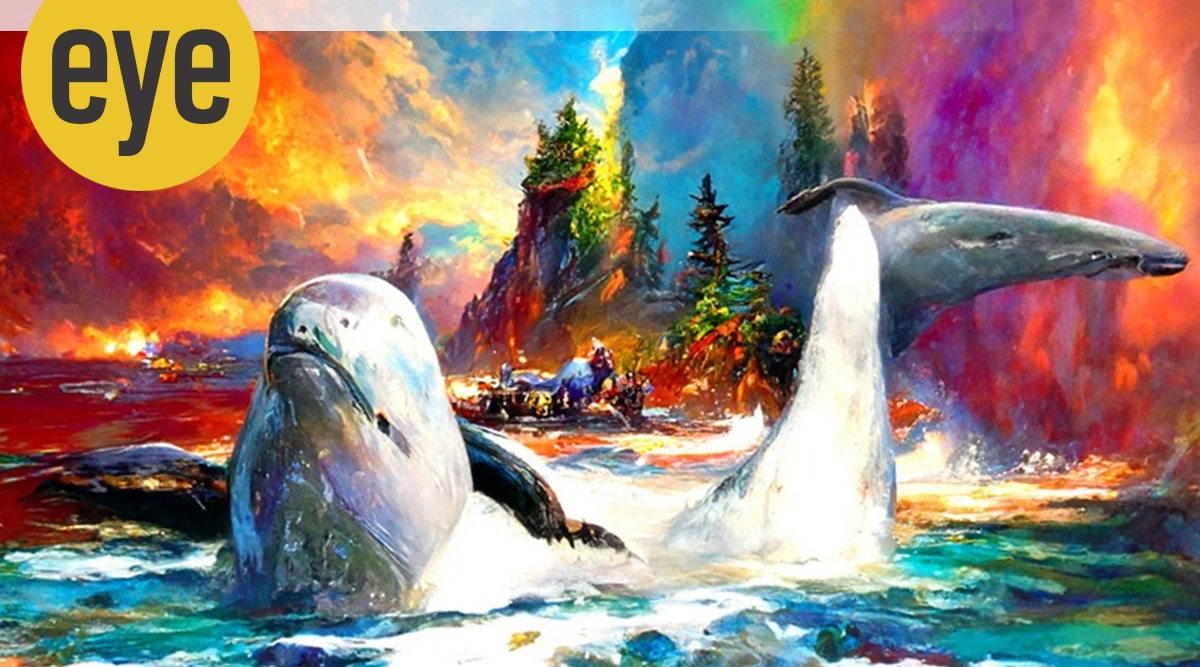 Artwork from the Whale Tales Project (Source: Whale Tales Project)
Artwork from the Whale Tales Project (Source: Whale Tales Project)
“The whale population is just three per cent of what it was at the start of the 19th century. So, imagine how many whales were killed at that point,” says Uma Khardekar, the creative director behind the Whale Tales Project.
The dreary fact is one among many her team came across while “collaborating” with open-source Artificial Intelligence (AI) to highlight how whales can combat climate change. Encapsulated in an interactive storybook, the project, however, aims to stay away from the dystopian narratives that often inform climate conversations, choosing instead to fascinate the viewer through futuristic, abstract artwork.
‘Street photography is like hunting; you need intuition, speed and a loaded gun’: Pablo Bartholomew
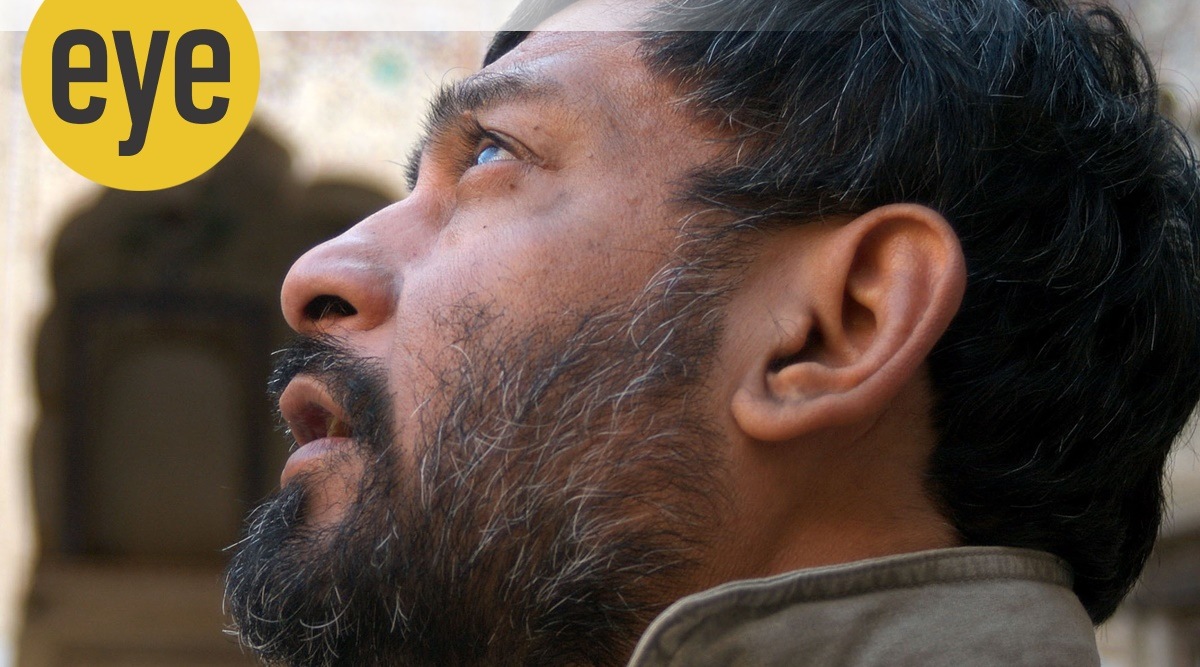 Photographer Pablo Bartholomew. (Credit: Pablo Bartholomew)
Photographer Pablo Bartholomew. (Credit: Pablo Bartholomew)
IT’S IN the walking, in the unexpected, the unknown, in the-just-around-the-corner moment. Street photography has always been a craft that turned the ordinary into something magical. One such is Ketaki Sheth’s photograph ‘Jain Nuns’, Walkeshwar Road (Bombay, 1989). Against the dark backdrop of a building are two figures in white, their identity masked by their covered heads, walking away from the pull of parked cars. The photograph lets you interact with the surroundings as if you are actually there. Another such is Sooni Taraporevala’s photograph, ‘Women of Kamathipura’ (Bombay, 1987). This well-known shot presents the uncertainty of the moment as it compels one to engage with the streetscape and the people in the frame.
- 01
- 02
- 03
- 04
- 05































